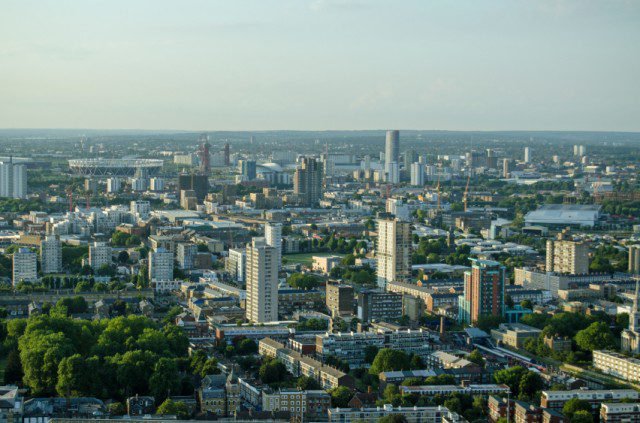Developers call for professional approach to drive up BTL sector standards
The most recent English Housing Survey published by The Department for Communities and Local Government has underlined the need for improved standards in the market.
More than one-quarter of homes in the private rented sector were found to have failed to meet the Government’s Decent Homes standards. This has led to calls for a more professional approach in order to improve conditions, from many developers of Build to Rent housing.
Substandard
28% of properties in the sector are currently considered to be in a substandard condition – taking into account electrical safety, disrepair, damp and other factors. However, there is a marked improvement from a decade ago, when this figure stood at 47%.
Worryingly, the survey revealed that nearly one in five of those living in the private rental sector lacked basic fire protection, such as smoke alarms. This is alarming considering that the number of private renters has nearly doubled during the last ten years.
In addition, the survey indicates that a number of people renting from a private landlord suffer from a lack of security. This is highlighted by the fact that nearly two-thirds of tenants evicted from their property were pushed out as their landlord wanted to use or sell the accommodation.
Security
As Jean Marc-Vandevivere, Chief Executive of PLATFORM, notes: ‘The issues across the private rented sector are often ones of security, from tenancy length to fire protection.’[1]
‘Those in the build to rent sector have a vested interest in keeping hold of their tenants and ensuring that the homes we provide are to the highest possible standard. The continual growth of the private rented sector demands a change in approach, we need to see a shift towards professionally managed homes that provide what renters are really looking for, a secure place to live and grow.’[1]

Developers call for professional approach to drive up BTL sector standards
Dissatisfaction
Johnny Caddick, managing director at Moda Living, observed that the results of the survey found that dissatisfaction rates of those living in the private rented sector was the greatest of any tenure group.
With over 20% of tenants unhappy with their accommodation, this is a greater rate than 10% for social housing a 1% of owner occupiers.
Mr Caddick said: ‘The many real concerns people have around renting are totally justified, but our aim is to address all of these with purpose-built developments that are managed 24/7 and which engender a real sense of community.’
‘We have a commercial imperative to do things properly, whereas traditional buy to let landlords have little incentive to maintain and upgrade knackered old properties. Renters in Britain deserve a better deal – as they receive in the U.S. and Europe.’[1]
[1] https://www.propertyinvestortoday.co.uk/breaking-news/2017/7/–professional-approach-needed-to-drive-up-standards-in-prs-claim-btl-developers




